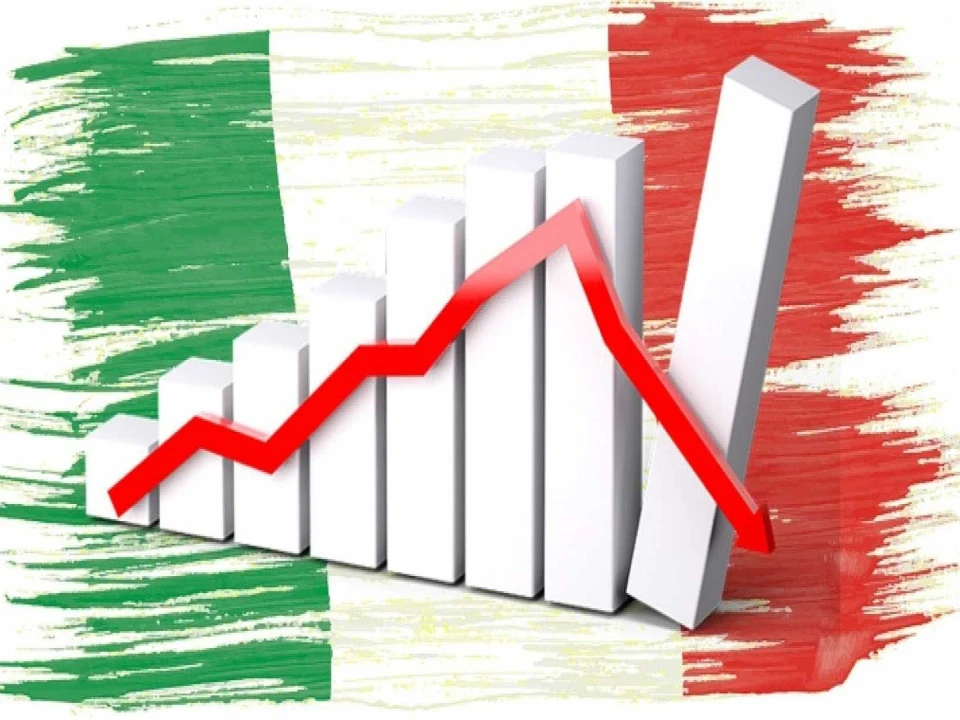In recent weeks, Italy’s economy has sent very important signals. For the Italian American community that looks at Italy not only with affection but also with cultural, economic, and entrepreneurial interest, now is the right time to understand what is happening.
Some are investing, others are seeking opportunities, some dream of returning or creating a new bridge between the two shores of the Atlantic. And today, more than ever, it is crucial to read clearly the signals coming from Rome, Milan, Turin, and Naples.
A recovering economy... but at two speeds
Over the past month, analysts have been focused on two main facts: the rise in PMI (Purchasing Managers' Index) for the services and manufacturing sectors - both surpassing expectations - and, in contrast, a decline in retail sales, suggesting some consumer fatigue.
The services PMI, which rose from 52.0 to 52.9, is a positive sign. It means that companies in this sector - representing nearly 70% of Italy's GDP - are receiving more orders, especially in areas related to tourism, business services, and hospitality. Italy is once again attracting attention this spring, and with the Jubilee Year in play, it is preparing for a peak tourist season. This is especially relevant for many Italian Americans managing business relationships, cultural experiences, or academic exchanges between the United States and Italy.
Manufacturing, although still in negative territory (the PMI rose to 49.3 but remains below the 50 threshold), is showing signs of revival. After months of slowdown due to Germany’s slowdown, the energy crisis, and reduced global demand, Italian companies are starting to grow again.
Exports remain strong in key sectors such as agri-food, precision mechanics, and pharmaceuticals, sectors where many Italian American entrepreneurs already collaborate with Italian suppliers.
Domestic consumption: the real area for improvement
However, as always, not everything is as bright as it seems. Italian household spending, or domestic demand, is on the decline. Retail sales data from March, published just a few days ago, show a monthly drop of 0.5% and an annual decline of 2.8%. This means Italians are buying less. While inflation has slowed, its effects are still being felt. Real wages are not keeping up. Families are more cautious, saving more, and postponing purchases.
For those viewing Italy as a potential market or as a base for economic activity, this is a factor that should not be overlooked: the strength of the economy does not depend only on exports or tourism, but also on the confidence of local consumers. And today, this confidence does not seem very strong.
GDP growth, but with caution
The GDP data for the first quarter of 2025 (+0.3% compared to the previous quarter) exceeded expectations, but it remains modest. Italy is growing, yes, but at a slower pace compared to other European countries. The government has already revised its full-year estimate to +0.6%, down from the +0.7% forecast for 2024. The factors weighing on this growth include geopolitical uncertainties, international trade tensions, and the slow pace at which investments under the PNRR (National Recovery and Resilience Plan) are turning into real growth.
The job market is holding up, but with many temporary contracts and youth unemployment still at 22%. Structural reforms are advancing slowly, and the high public debt continues to limit the government's ability to implement expansionary measures.
What does it mean for Italian Americans?
For those living in the United States and maintaining a connection to Italy -whether emotional, familial, entrepreneurial, or cultural - these signals should be read from two perspectives.
There are opportunities: tourism is growing again, along with all related services. Italy remains one of the strongest global brands in terms of lifestyle, fashion, food, and culture. There are regions, from Southern Italy to small towns in the Center, that are seeking investors, start-ups, and ideas, even from those living abroad who want to “re-enter” with a new spirit. Universities, innovation centers, and cultural foundations are working to open new transatlantic bridges.
On the other hand, structural difficulties must also be taken into account: a still complex bureaucracy, weak domestic demand, and a constantly evolving regulatory framework. Anyone wanting to do business with or in Italy today, more than ever, needs strong local partners, careful planning, and a real understanding of regional dynamics (which often vary more than expected between the North and South, between cities and provinces).
Looking ahead: the transition challenge
One final point must be emphasized: Italy is inevitably undergoing a transition. Digital, ecological, and productive. PNRR funds, although not yet fully operational, are beginning to transform infrastructure, schools, hospitals, and energy systems. Italian businesses are being called upon to innovate, become more sustainable, and truly internationalize. And they are doing so with the creativity and process innovation that has always set them apart, characteristics that are unique to our country.
This is a field where the Italian American community can play a decisive role. By sharing expertise, models, and capital. But also by acting as a “bridge” between two worlds that have much to learn from each other.
In summary, it is necessary to stay connected, with realism and vision: Italy today is neither in crisis nor in full boom. It is in a fragile equilibrium, which can become an opportunity or a risk depending on the choices that will be made. For those looking at Italy with both heart and head, now is the time to stay connected. To understand, deepen, and choose. Without illusions, but with informed confidence.
The Italian American community has already made, and can continue to make, a significant contribution. As ambassadors, entrepreneurs, narrators, and human and professional bridges. Italy also needs you.




